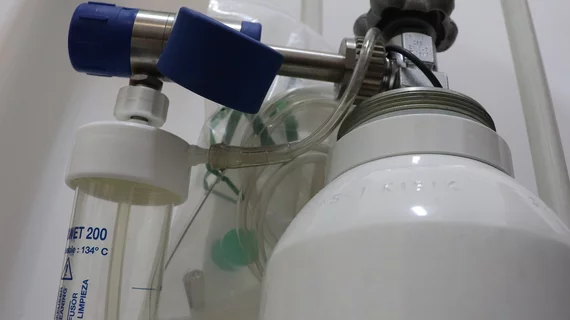2 years on, lung damage scant in COVID survivors who were ventilated
Most patients who needed mechanical ventilation for COVID-19 at a busy European hospital survived at least two years post-discharge.
What’s more, follow-up CT scans at that interval showed only a few patients with fibrotic-like changes such as scarring and thickening of the lung tissue.
Those who evidenced such damage had been ventilated invasively via endotracheal or tracheostomy tube. However, they were no worse off in measures of overall recovery and quality of life than patients whose ventilation was administered noninvasively.
The findings are from research conducted in Italy, which was hit hard and fast by the pandemic in 2020.
Moreno Tresoldi, Maria Azzolini and colleagues at San Raffaele Hospital in Milan, affiliated with Vita-Salute San Raffaele University in the same city, had their work published April 6 in Minerva Medica [1], which is published in both English and Italian.
The researchers analyzed records of 143 individuals who were admitted with COVID-19 pneumonia up to May 28, 2020. All patients’ stays included diagnostic workup with CT as well as mechanical ventilation with either invasive (61 patients) or noninvasive (82 patients) respiratory therapy equipment.
Two years after discharge, the team assessed the patients on vitals as well as patient-reported measures of functional, psychological and cognitive outcomes.
They also re-scanned patients who’d had persistent respiratory symptoms or high burden of residual lung damage at inpatient CT.
Tresoldi and co-authors report that 98% of invasively ventilated patients and 94% of noninvasively ventilated patients were alive at the two-year follow-up.
“We found no major differences between invasively and noninvasively ventilated patients, with overall acceptable functional recovery,” the authors write.
Further, only four of the 143 patients had fibrotic-like changes. All were in the invasively ventilated group.
On the other hand, 23 of 99 patients who completed the self-reporting questionnaire indicated they were experiencing “more than moderate” exertional dyspnea, i.e., shortness of breath.
Study abstract here (full text behind paywall).

